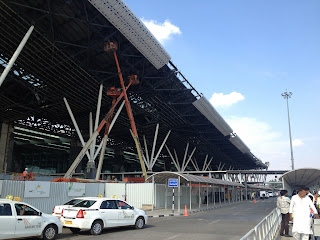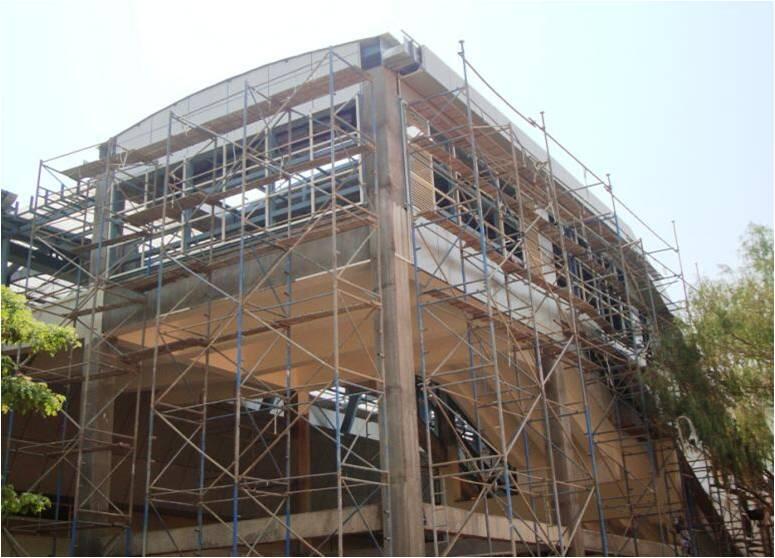The state Cabinet’s in principle approval for a Commuter Rail System (CRS) has revived hope of Bengaluru going the Mumbai way and allowing people to travel long distances in quick time to work in the city, without living in it.
The departments concerned have started to work on a detailed project report (DPR) for all the six routes that RITES has suggested for CRS in its feasibility report. Work on another CRS line between Kunigal and Bengaluru is already underway.
In all, the RITES report on CRS for Bengaluru has identified seven corridors — Yeshwantapur-Tumkur, Bengaluru-Mandya and beyond, Yelahanka-Doddaballapur, Yelahanka-Chikballapur, Byappanhalli-Hosur, Byappanhalli-Bangarapet, and Kunigal (Soldevanahalli)-Bengaluru — covering 440 kms for urban and suburban commuters. However only three routes to Tumkur, Mandya and Bangarpet from Bengaluru will become reality in the first phase.
Around 150,000 daily trips are made on these corridors already and their number could increase to about 450,000 by 2031, according to RITES. The volume of commuters is the highest (34,500) in the Bengaluru-Bangarapet sector.
While the Bengaluru-Mandya sector sees 25,500 commuters, the Tumkur sector handles 24,000 and the Chickballapur and Hebbal sectors, 1,500 each. On the cards is a special purpose vehicle for the project, which will need good support from the state in terms of allocation of land and funds for coaches. The railways, for its part, will have to schedule operations to and from Bengaluru City Railway station which does not have many free slots.
Fast, cheap, perfect decongestion tool for city
The Commuter Rail System (CRS) that will provide an easy commuting option between Bengaluru and neighbouring towns and villages, has the potential to decongest the city like no other project can.
Running through the suburbs in all directions, the CRS corridors will give people the option of working in Bengaluru and living elsewhere, letting the city that has been seeing a huge influx of people, breathe easier in the long run.
“CRS which will provide a fast and cheap way of commuting, will ease the burden on Bengaluru as people will then be able to stay far away form the city and still come to it for work. If there is a fast train from Mandya to Bengaluru every 15 minutes, some may even want to open offices in Mandya and people from Bengaluru could head to them for work. The CRS will decongest the city,” says Mr Pranav Jha, founder of Praja Raag, a not- for- profit organisation that advocates solutions for urban civic problems, including transportation.
While Bengalureans agree that the city desperately needs a Mass Transit System to connect its suburbs and nearby tier 2 towns to decongest it, for once there also seems to be consensus that CRS is the best choice of all available modes of transport to make this happen.
“The CRS is the best option for these corridors as it will make use of the existing tracks to destinations like Mysore, Tumkur, Yelahanka, Whitefield and Hosur and does not require major investment. Most of these tracks are parallel to the existing roads,” notes Prof MN Sreehari, advisor to the state government on traffic, transportation and infrastructure.
Mr Pranav Jha too agrees that CRS is the best option on these corridors.” We cannot have road based connectivity between Bengaluru and its satellites as it will prove very expensive and so unsustainable. Even if BMTC buses are run on 30 to 40 km long routes, it will work out expensive due to the high fuel cost. The only practical solution is CRS as it requires no huge investment and can use the existing tracks,” he says.
Considering its advantages, ABIDe member R.K. Misra hopes the next government will implement the project quickly and efficiently. “The 2002 RITES report has been gathering dust for long enough. While the Bombay Local is a huge success, commuting in Bengaluru is not unidirectional like in Mumbai. Many CRS lines can be developed on the existing lines here,” he points out.
CRS is what the city needs
R.C. Acharya
The Garden City is no longer a pensioners’ paradise and has long become the job hunters’ favourite haunt. Easy commute to the suburbs with a fast, safe and assured form of transport will help to not only decongest the city, but also stop any further large scale influx of people into it by providing alternate spaces for growth.
Fortunately, all the seven proposed CRS corridors lead to Bengaluru. This should not cause problems of congestion as EMU (Electric Multiple Units) or DEMU (Diesel Electric Multiple Units) are fitted with driving cabs at both ends making the trains instantly reversible with a platform occupancy of less than 5 minutes!
Sharing tracks with the long distance main line passenger trains can be avoided by building separate tracks as has been done in Mumbai, where now no less than six tracks exist between Virar and Dadar. Four tracks are dedicated to suburban services, two each for fast and slow locals, while the remaining two take care of long distance trains.
A comparison of various parameters of Bus Rapid Transit (BRT) bi-directional, Metro (double line) and Rail (double line) yields some interesting facts. BRT with a maximum peak passenger throughput (passenger/hour) of 20,000 and running at an average speed 25 to 40 kmph, costs Rs 14 crores per km to build. Metro at 40,000 passenger/hr throughout at speeds of 25 to 45 kmph, costs Rs 250 crore per km. CRS with 60,000 passengers/hr throughout at average speeds of 40 to 70 kmph emerges a clear winner as it requires just Rs 15 crore per km to build.
With a train length of 15 coaches and a wider body (3.66 m) as against a six coach Metro train with only a 2.88m wide body, the CRS has an inbuilt advantage of being 3.15 times the size of a Metro train.
A draft report prepared in June 2010 for the BMRDA by M/S Wilbur Smith Associates on a comprehensive traffic and transportation study for the Bengaluru metropolitan region provides for a planned investment of Rs 73,300 crore in phases upto 2031. But surprisingly, it does not include any investment on CRS and instead suggests elevated Metro tracks along these seven corridors at a hefty price of Rs 250 crore per km. This is a highly expensive proposition for reaching these tier II towns.
Can Bengaluru become another Mumbai with mass transit being provided by wide body EMU coaches? While Mumbai carries almost seven million passengers a day on the combined network of Western and Central Railways, the existing seven corridors leading into Bengaluru could see a jump from the present 150,000 passengers a day to 450,000 in the next five years involving an investment of less than Rs 6,600 crores.

































